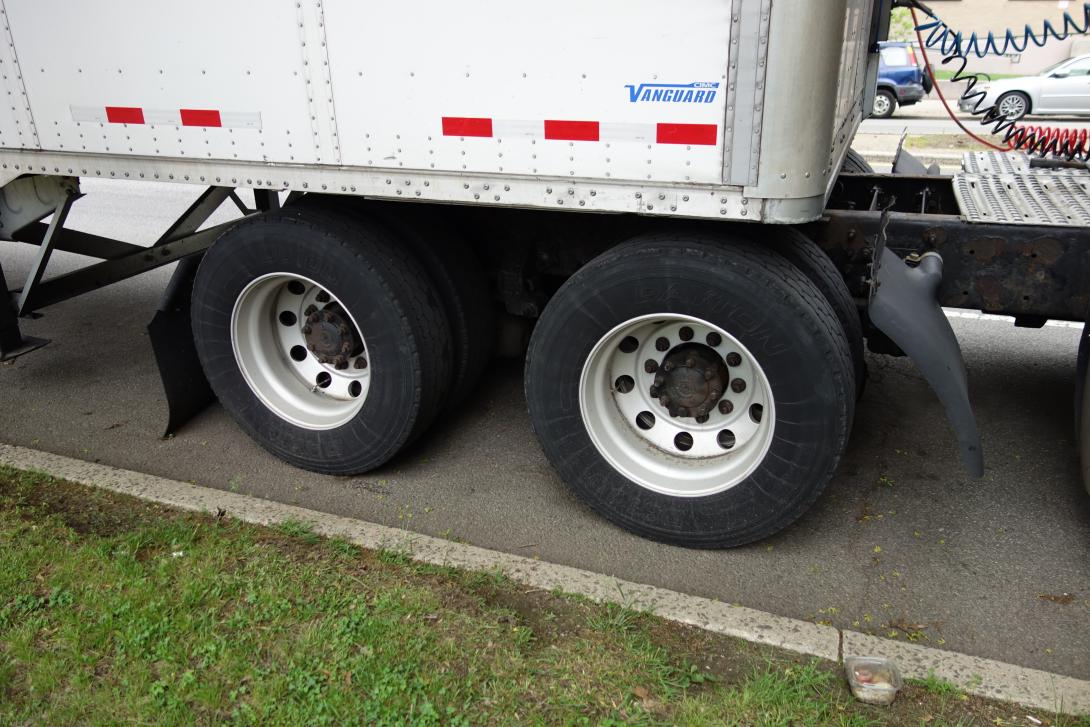Truck Tires: What You Need to Know
Truck Tires: What You Need to Know
Choosing tires for a truck can be challenging, especially if you are a first-time driver. If you are an owner-operator who is considering new tires for your rig, browse the list below before you make your first big tire purchase.
- Size. All tire sizes are expressed as metrics, ISO metrics or in inches. Do not let the specifics scare you away from purchasing proper tires. Instead, try asking for a conversion into inches, so you can evenly measure all widths and depths of the tire before buying. In a flotation sizing system, the numbers you will need to identify include height, width, radial and wheel diameter. Check out a tire conversion chart for more details.
- Treadwear. Treadwear determines how durable your tires are, and projects a lifespan for each. It determines and reports whether or not a tire is going to last longer or shorter than the expected average. A larger number from baseline 100 means that it will last longer, and a smaller number means that it has faster treadwear, and will not last as long.
- Traction. A tire’s traction has to do with the stopping distance it has in wet road conditions. This measurement is given a number (A, B or C) and can let you know how well your tires will hold up in harsh weather conditions. The stopping distance is based on a speed of 40mph.
- Temperature. Once again, letters (A, B, and C) are used to determine what degree the tire will dissipate heat. While this grade can be useful for some trucks, generally a driver can tweak the pressure, loading and operations of a grade-A tire and they will work just fine.
For more information on truck tires, or for any other questions, contact Crossroads Leasing & Finance, LLC.

